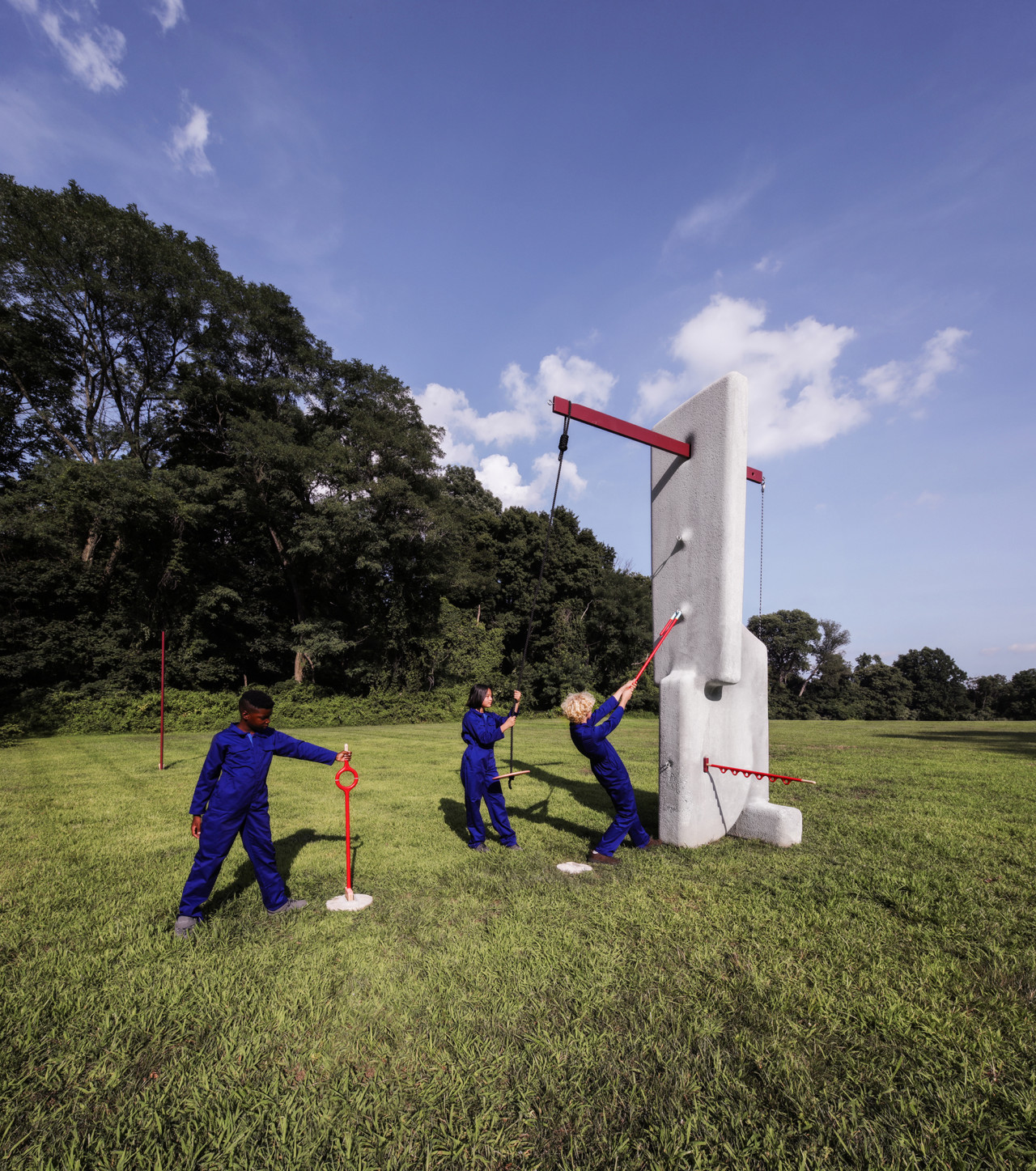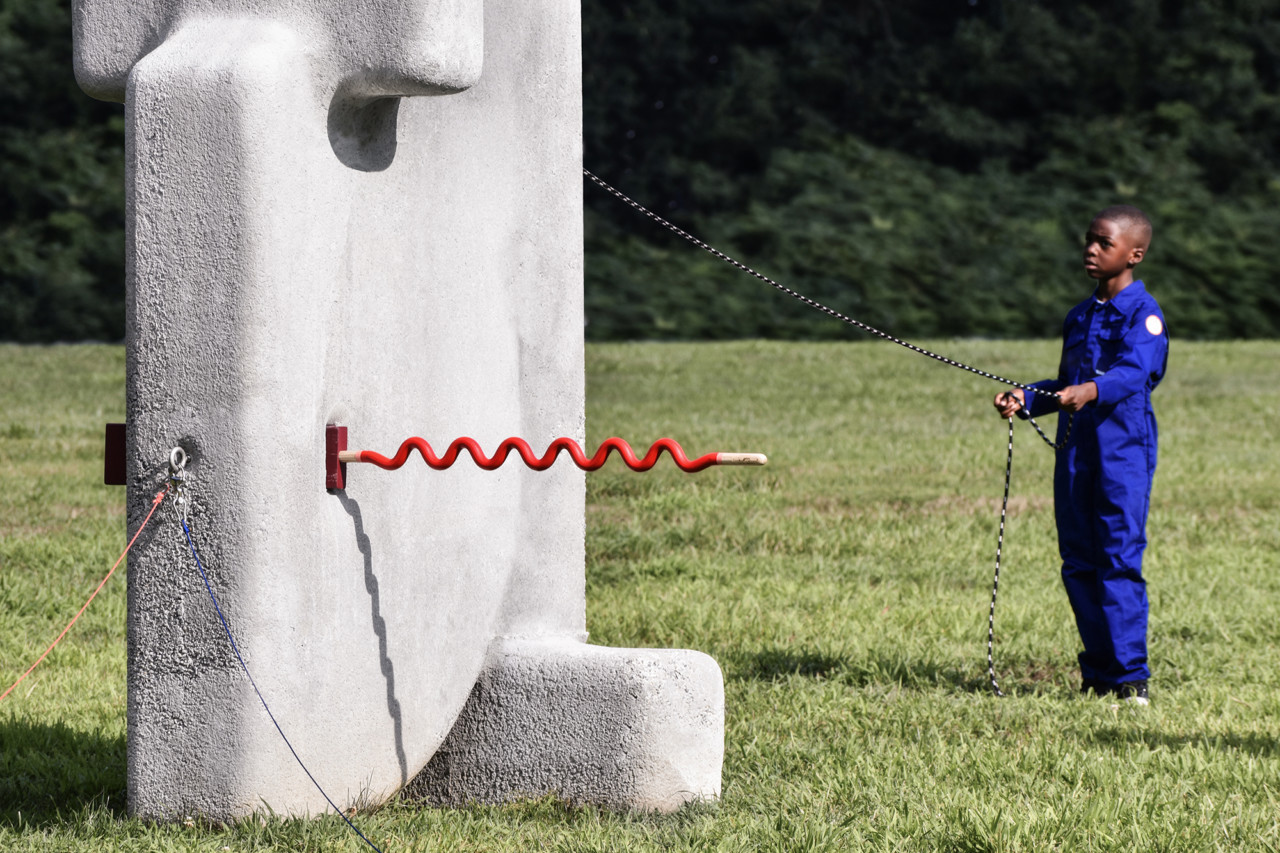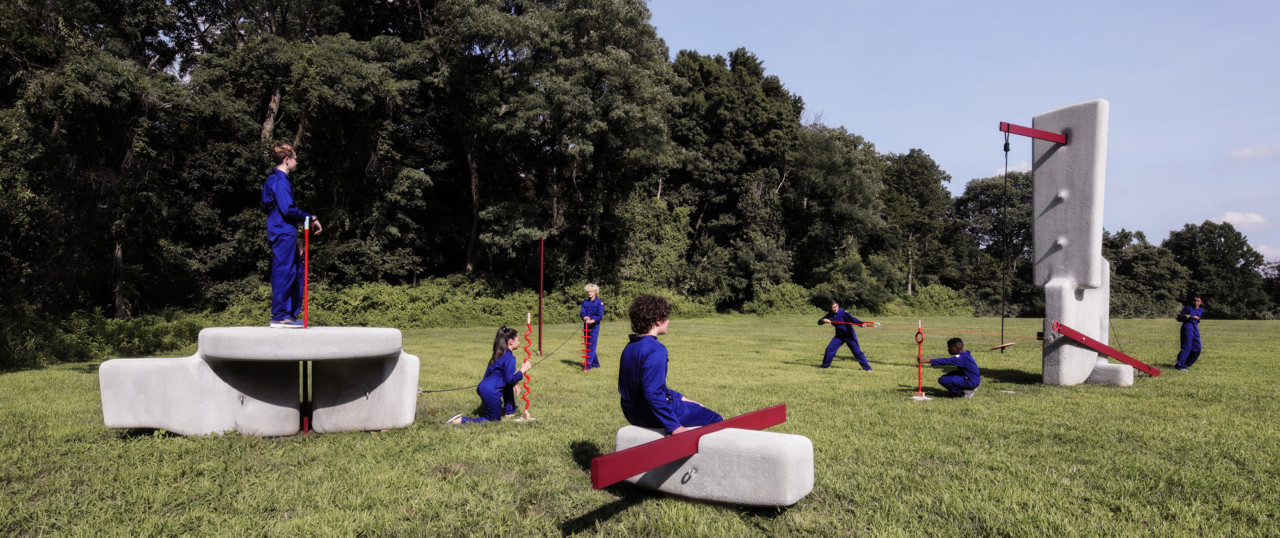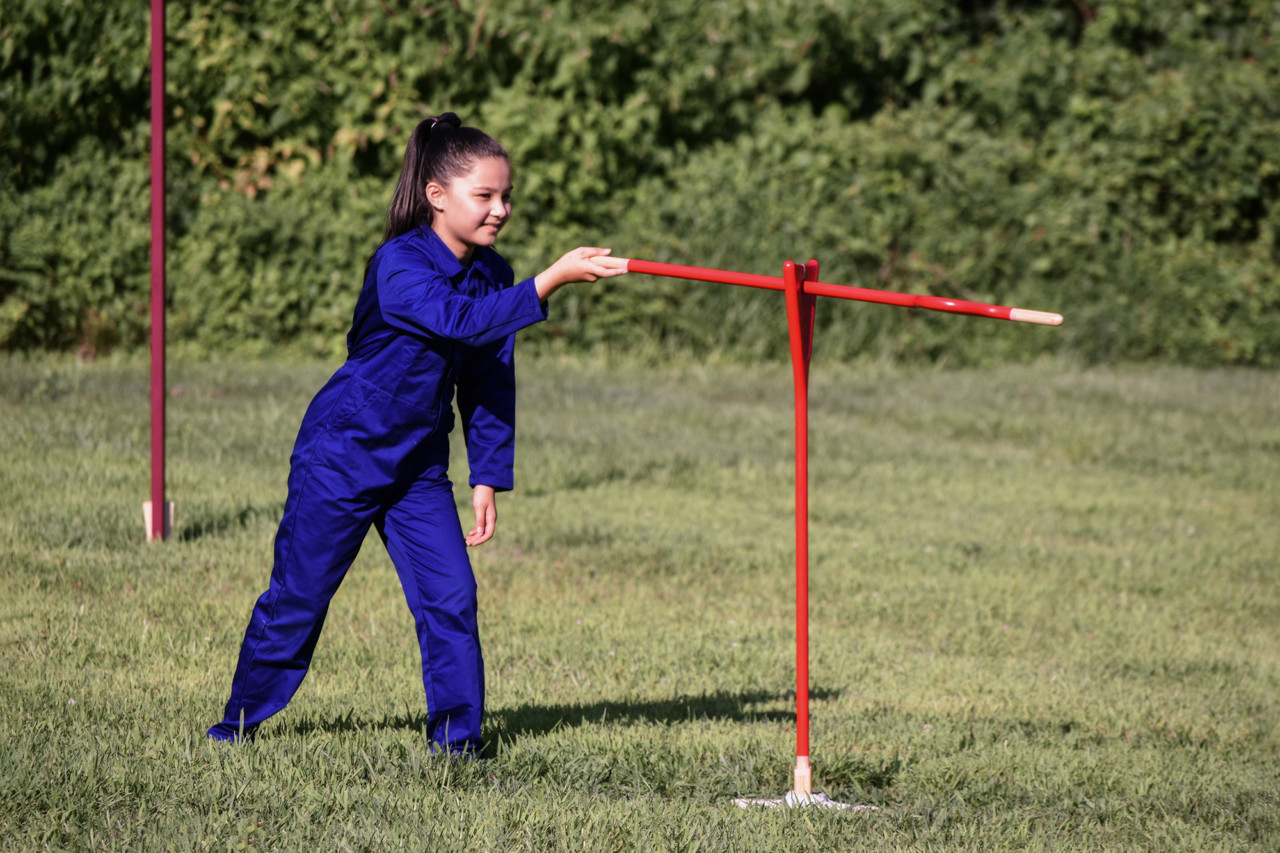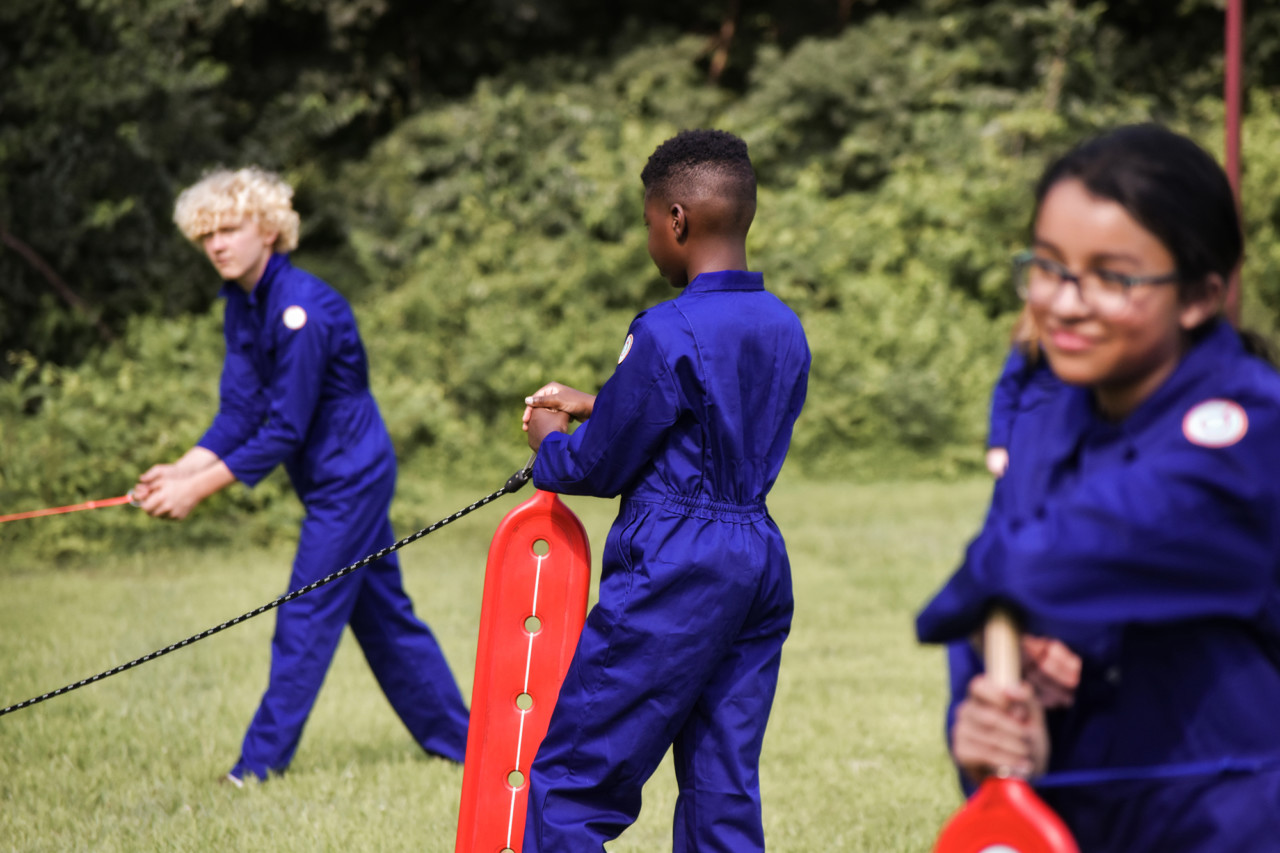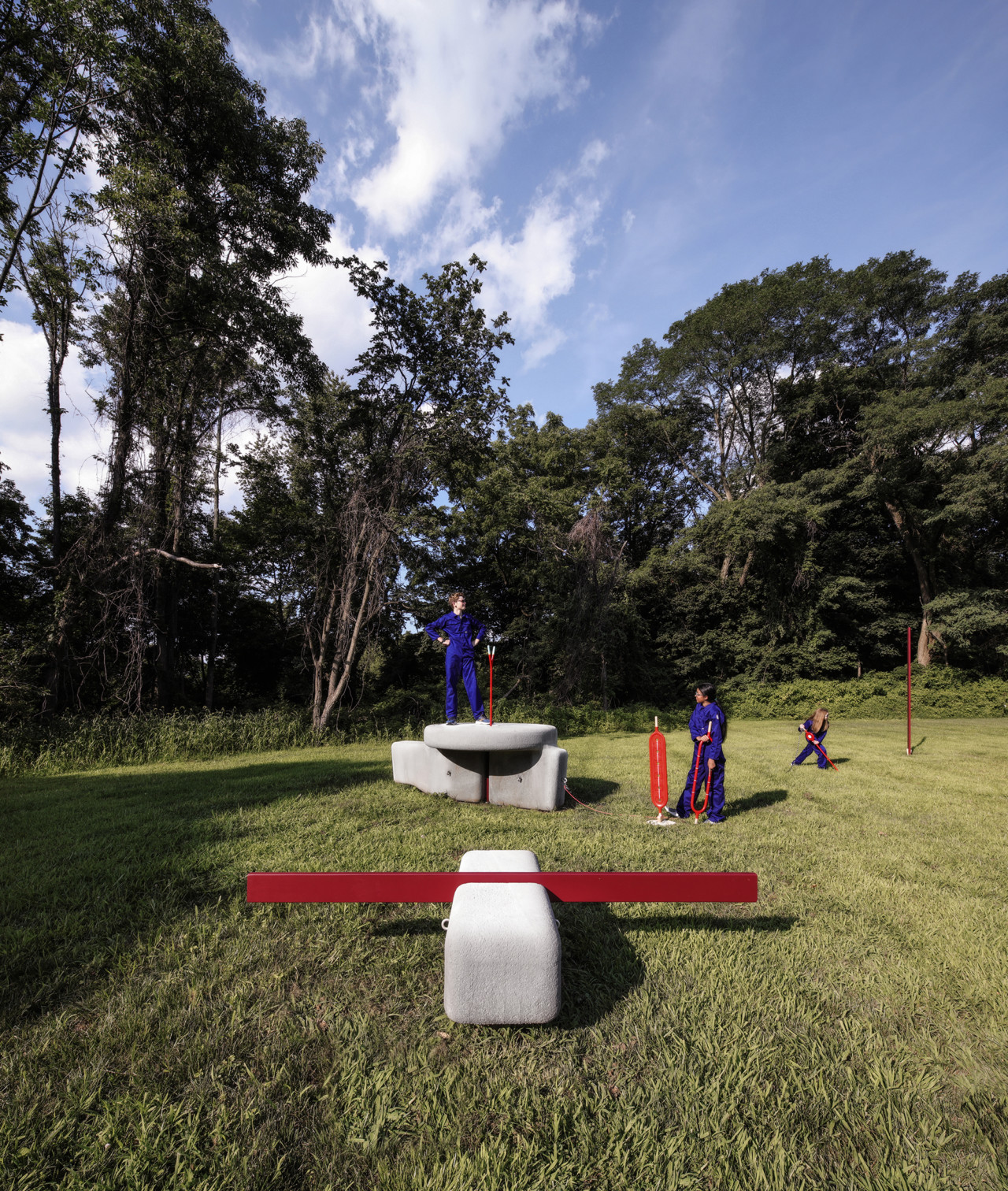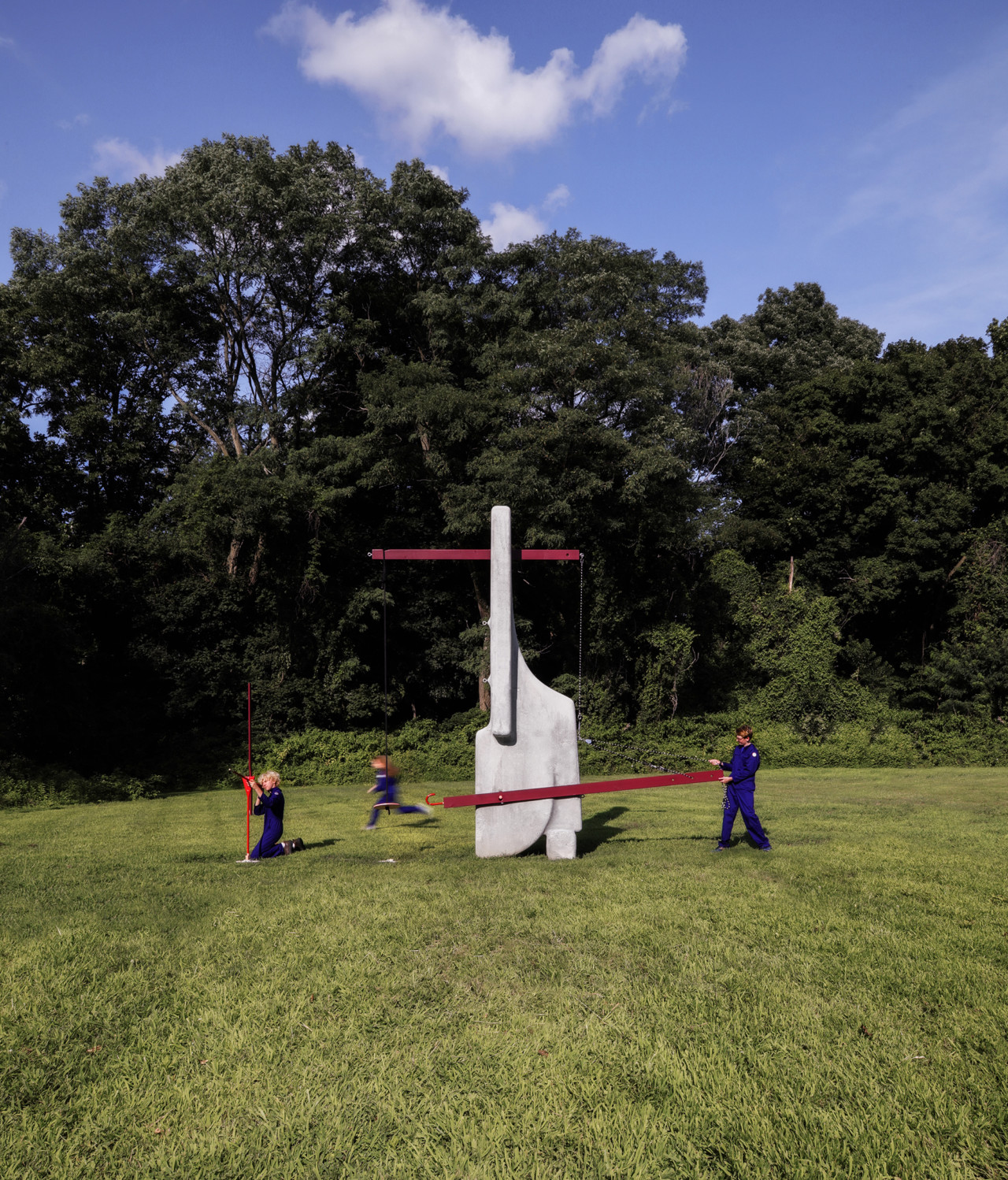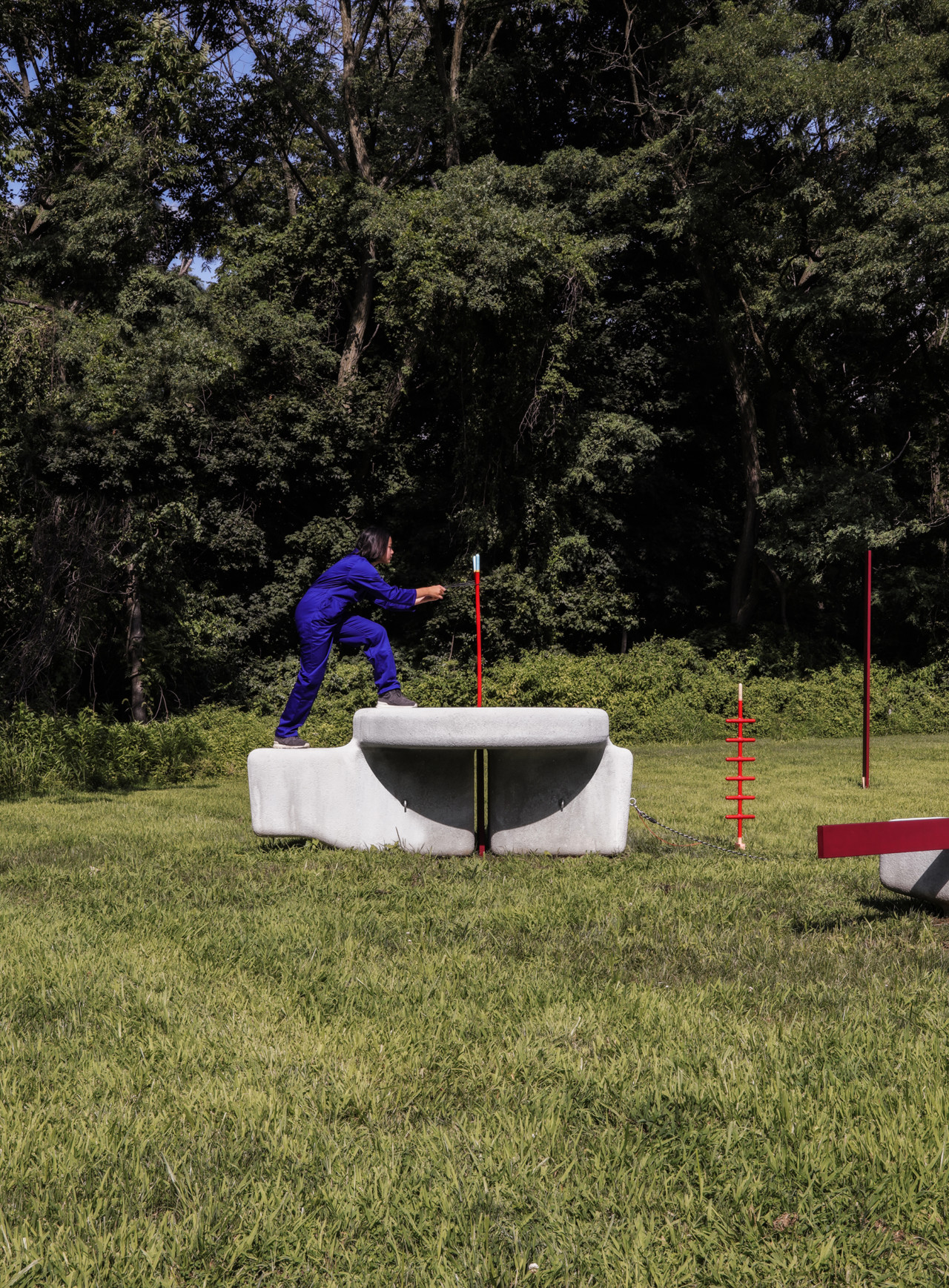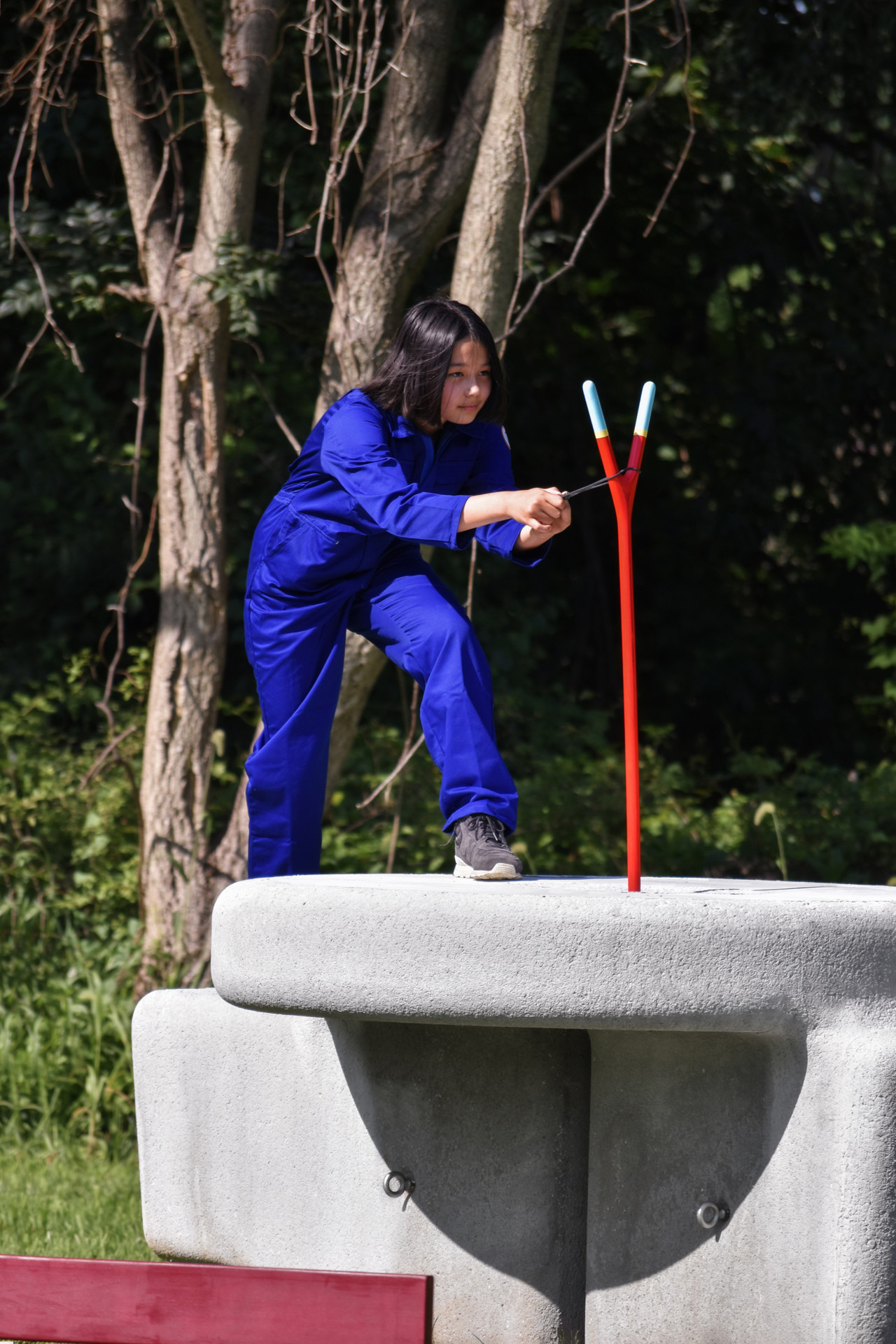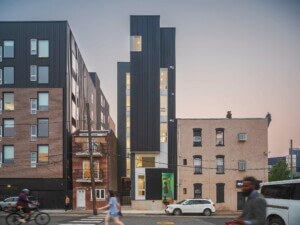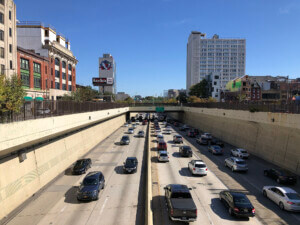Cambridge, Massachusetts–based Matter Design has unveiled its latest concrete collaboration, an outdoor “play-lab” at the Grayson School in Radnor, Pennsylvania, that balances hulking cast concrete forms with mix-and-match freestyle play.
Explorations into play have always found their way into Matter Design’s projects, whether it be in the rollicking performances of Janus, or the rollable Walking Assembly, both produced in tandem with the multinational CEMEX Global R&D. That partnership continues with the Grayson Play-Lab, an experimental installation akin to the “adventure playgrounds” where kids are given tools and free reign to build and disassemble as they see fit.
Putting concrete front-and-center, the play-lab consists of three concrete structures—one large, one medium, and one small—smattered with holes, anchors, and slots. Each concrete piece (the formwork was machined at MIT in Cambridge and then the structures were cast on-site by CEMEX) is thus supposed to be a blank slate, with the flexibility coming from wooden tools and ropes students can build themselves.
To get things started, Matter Design also created a series of “glyphs;” premade, bright-red wooden instruments, all of them suggesting a type of use but without being overly prescriptive towards their purpose. Each tool in the set is unique, and students are free to either lean further into the vernacular established by the design team or eschew it as they choose.
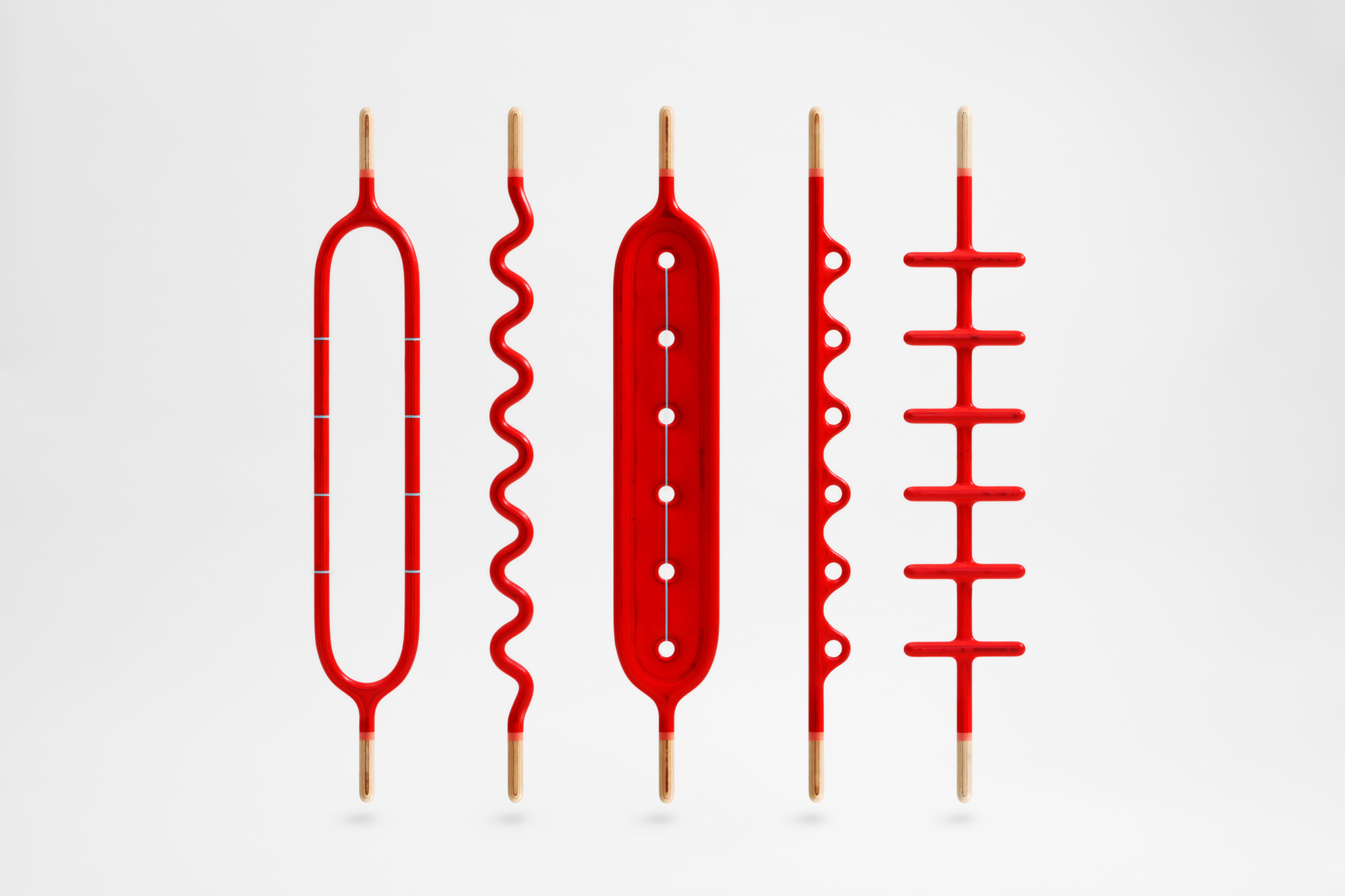
Matter Design cofounder and director Brandon Clifford explained the rationale when asked how the glyphs related to their earlier work, including the intricate designs found in the Cannibal’s Cookbook: “We wanted to create a sense of discovery amongst the students, similar to the feeling of an archaeologist discovering an ancient ruin. So, we had great discussions with the teachers about the students’ capacity at that age to construct imaginary worlds, world-building, but also the idea of developing a formal language. The idea that we could craft objects that have an apparent significance for a past culture, while simultaneously influencing a future culture, that was the motivation behind the design decisions.”
Clifford explained that Matter Design had been looking into the role of play in education for a few years, and the Grayson School, which focuses on project-based learning, was a natural fit for a collaboration. The concrete structures were, according to a press release for the project, “are engineered to accept the maximum load the students can throw at them, while also flexible enough to allow the students and teachers to fabricate their own extensions—to take measurements, conduct physics experiments, anchor a game, or confirm a trigonometry equation.”
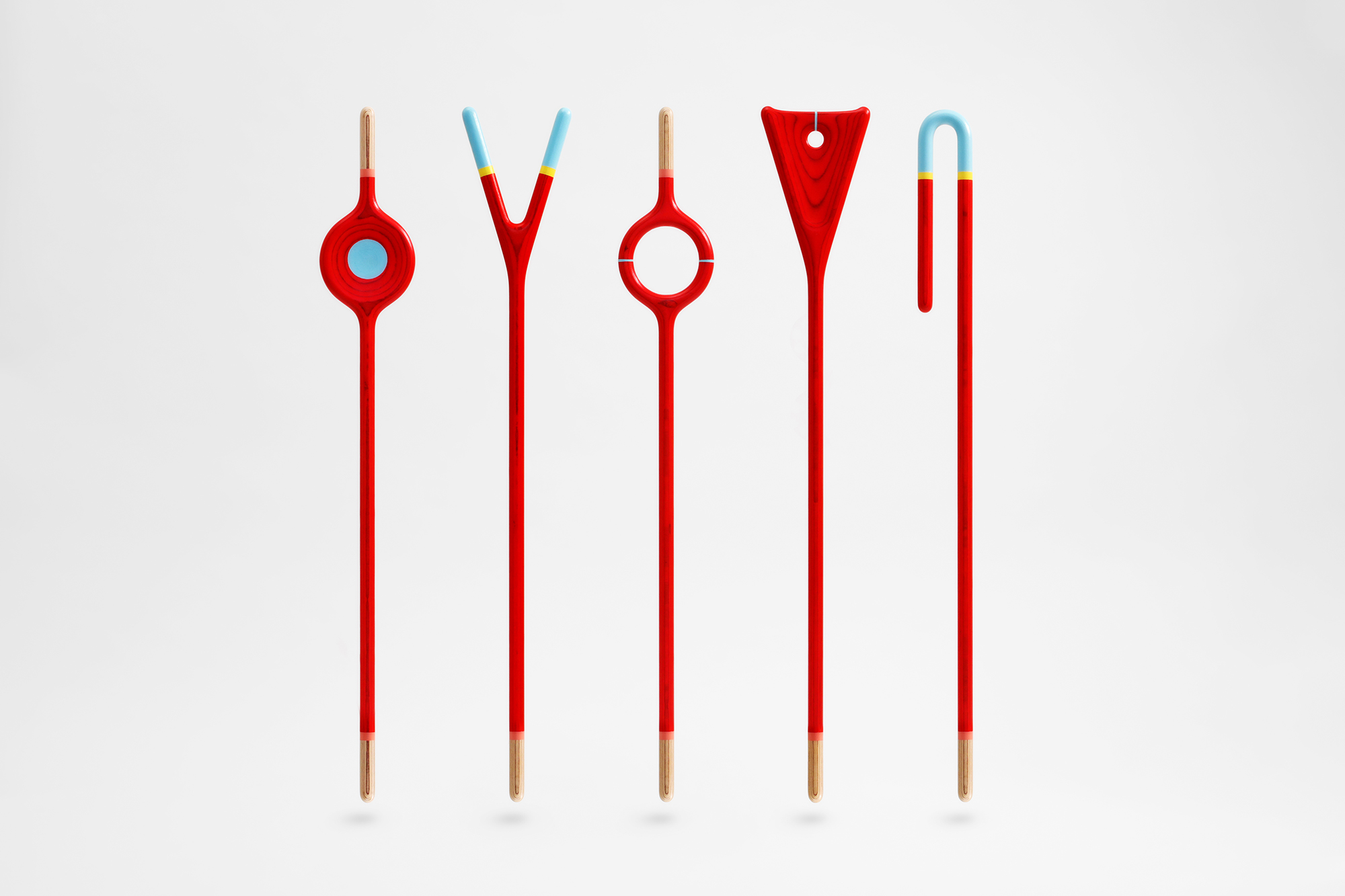
As opposed to a project like Walking Assembly, Clifford said, which provided a proof-of-concept for concrete slabs engineered to be moved via only human power, the Grayson Play-Lab is something of a first step towards deploying their research.
“When we say application, we don’t mean ‘how to turn a technology into a product,’ we mean ‘how do you deploy this way of thinking to shift the status quo?’ One of those applications involves play and education. In all honesty, we see this project as part of a larger meta-project to mine methods of thinking from the past that could shift our future trajectory. Education and play are one of those areas that we have identified together, and you could imagine other categories that fit that bill.”






